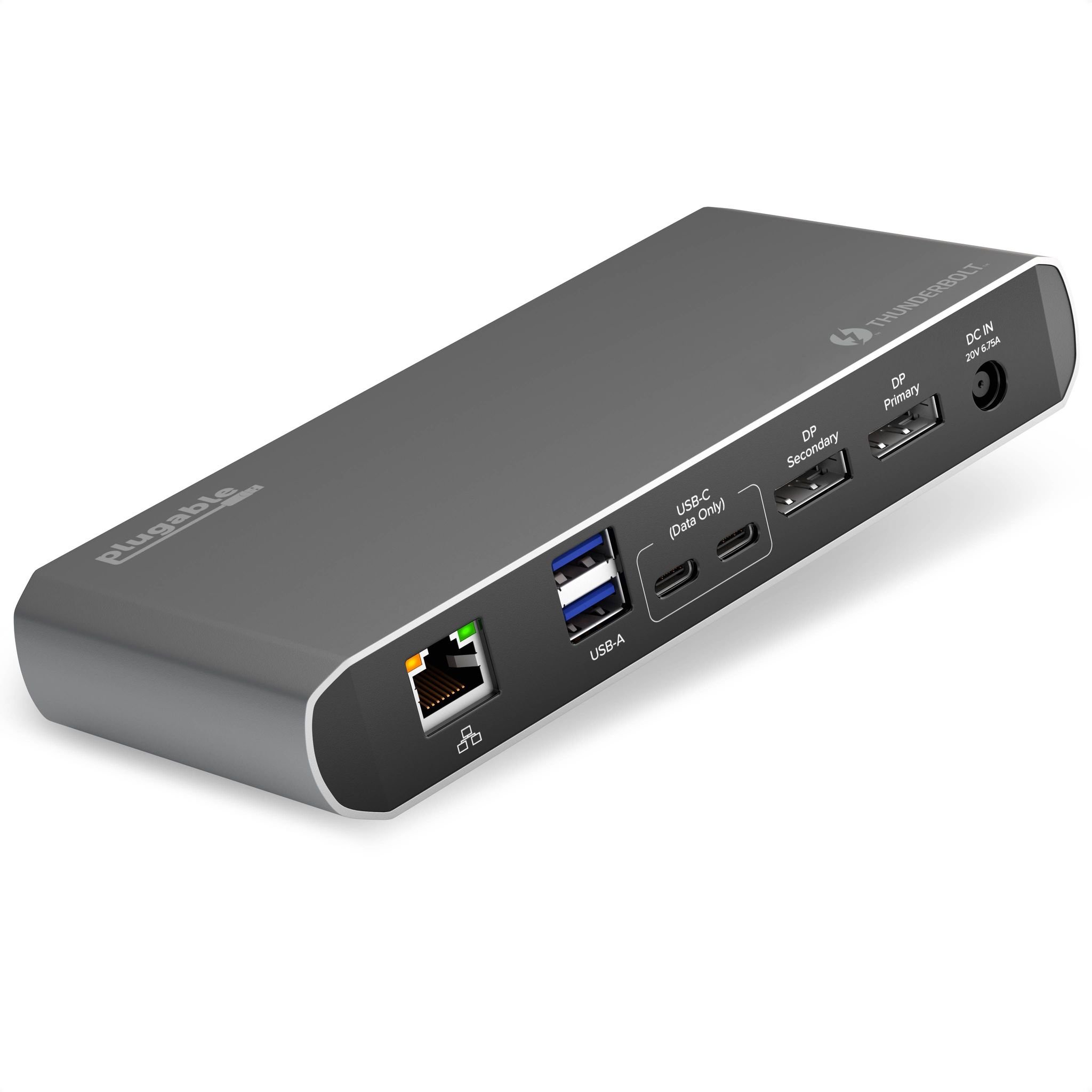Thunderbolt 4: Everything you need to know

What you need to know
- Intel has detailed Thunderbolt 4, and the new standard has 40Gb/s bandwidth and USB4 integration.
- Changes to the controller sees three downstream ports, allowing you to use more accessories with the standard.
- Thunderbolt 4 also has 100W USB PD charging, and outgoing charge up to 15W for charging other devices.
Intel made several key changes to Thunderbolt technology over the last three years to make it more mainstream. It provided the specification for Thunderbolt 3 to the USB Implementers Forum (USB-IF), allowing Thunderbolt to become universally compatible with USB. Thunderbolt 3 forms the backbone of USB4, and that's one of the reasons USB4 has 40Gb/s bandwidth — double that of USB 3.2.
Intel is now introducing Thunderbolt 4, with the new standard offering a few key features. The bandwidth with Thunderbolt 4 is unchanged at 40Gb/s, but Intel is introducing new controllers that introduce three downstream ports that will share the bandwidth, making it that much easier to connect more accessories. This is a big deal for Thunderbolt docks, because they will be able to offer more ports.
Intel is also adding support for two 4K monitors or one 8K panel, and the latter is new with Thunderbolt 4. For context, Thunderbolt 3 could drive up to a 5K monitor, but with 8K displays on the horizon, Intel is making sure its latest spec can handle the extra bandwidth.

Because of its universal compatibility, Thunderbolt 4 works with all older generations of USB devices, and the standard uses a USB-C to C cable, making things that much easier for accessory makers to integrate Thunderbolt 4 into their designs.
Intel isn't making a lot of changes here in terms of branding and visibility: Thunderbolt 4 retains the same logo and branding as Thunderbolt 3, with a numeral 4 on the cable itself signifying the new standard. On the subject of cables, Intel is also rolling out 2 meter cables with Thunderbolt 4, making it just a little bit easier to use the port for things like charging phones.

Intel is also adding Direct Memory Access protection for vendors to get certification for Thunderbolt 4, and Intel's slide deck from the briefing mentions that it needs Intel VT-d tech. Intel has clarified that Thunderbolt certification will be available for machines that do not feature Intel silicon, so for now, we'll have to wait and see how DMA protection will be implemented by other vendors.
With USB the ubiquitous standard for PCs, Intel is looking to Thunderbolt 4 to get more mainstream vendors to add the port to their designs. Intel requires that device vendors add at least one charging port to the downstream ports with Thunderbolt 4, so you should be able to charge your notebook and other devices via Thunderbolt 4.
Get the latest news from Android Central, your trusted companion in the world of Android
The standard leverages USB PD, and it can handle an incoming charge of 100W, provided the device in question needs a 100W charge. As for outgoing charge via the Thunderbolt 4 port — for charging your phone or other accessories — the standard goes up to 15W.

The first set of Thunderbolt 4 device controllers based on Intel's 8000 series — the JHL8540 and JHL8340 — will be debuting in the market sometime later this year, as well a device controller that will allow accessory makers to include three downstream Thunderbolt ports.
Intel integrated Thunderbolt 3 into Ice Lake designs, and the vendor says the upcoming Tiger Lake chips will be the first to offer Thunderbolt 4 out of the box. These designs are slated to debut in the coming months, so we should be hearing more soon.

Harish Jonnalagadda is Android Central's Senior Editor overseeing mobile coverage. In his current role, he leads the site's coverage of Chinese phone brands, networking products, and AV gear. He has been testing phones for over a decade, and has extensive experience in mobile hardware and the global semiconductor industry. Contact him on Twitter at @chunkynerd.

